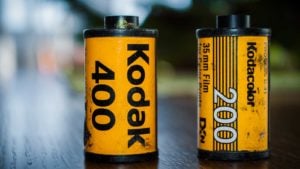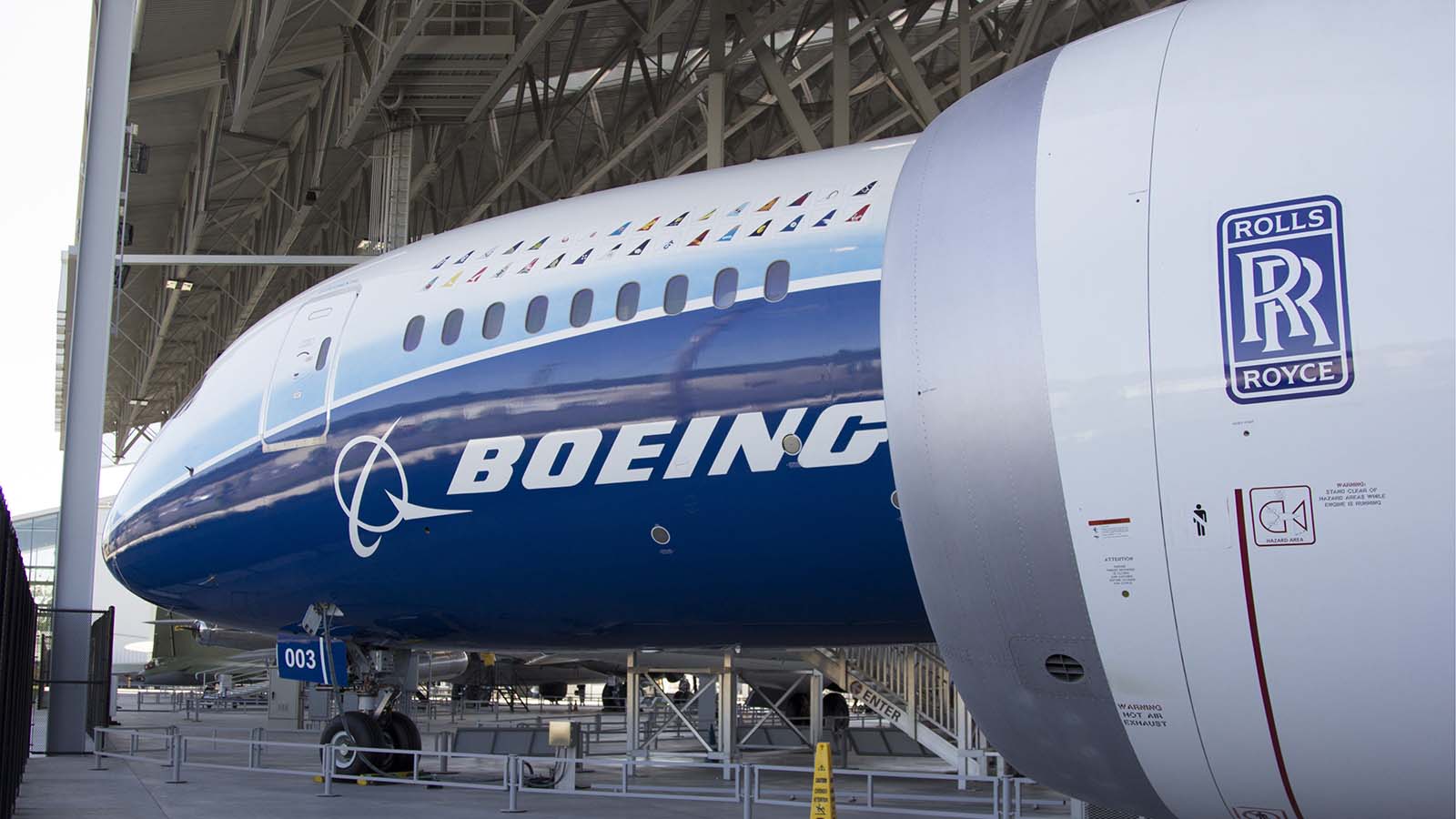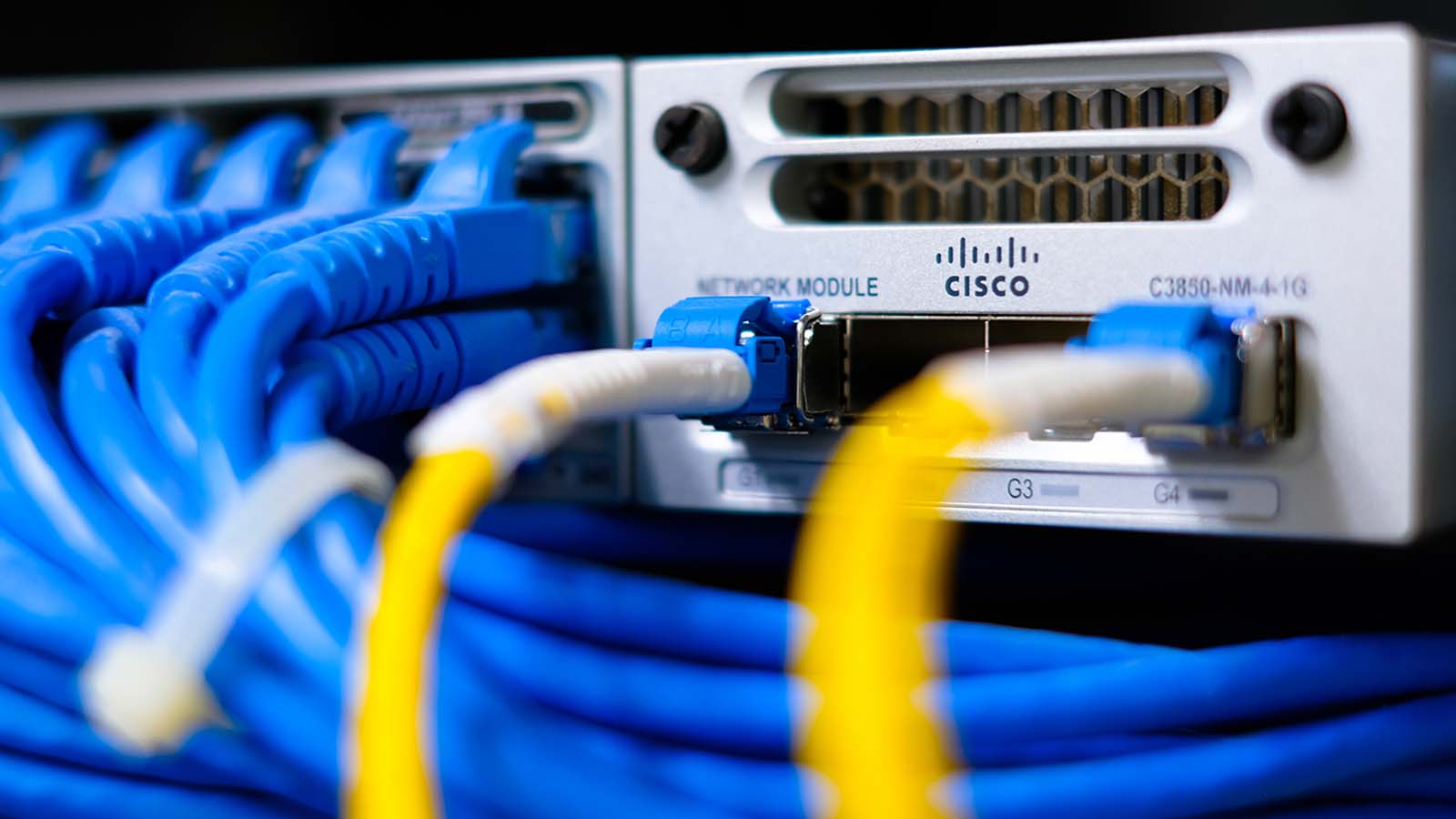
7 Micro-Cap Stocks That Could Double
Hidden micro-cap gems are hard to find unless investors screen for value and strong revenue growth
Companies with micro capitalization are those that have valuations under $300 million. At that size, the volatility can be higher than the average stock. If timed correctly, this suggests that the stock may offer traders big gains in short periods of time. Conversely, an investor may get caught up in a stock that surges, only to find trading volume shrink considerably in the weeks that follow.
Whichever way the stock moves, investors generally face higher risks in buying micro-cap stocks. Why consider such investments? The easy answer is that these companies are not usually covered by Wall Street analysts and get no attention from big investors. The mispricing between the stock’s fair value and its stock price is usually very wide. That would mean that anyone who spends the time and effort to search for under-priced micro-cap investing ideas will get rewarded a few years down the line. Of course, that assumes the analysis is right and the market is wrong about a stock.
How might investors find under-covered, hidden micro-cap stocks today? Stock Rover has a screener for micro-cap stocks that will filter for those trading below a certain price-to-earnings ratio, value score, future versus past return on invested capital, and sentiment.
But for some stocks slightly above the $300 million market cap, investors need to allow for exceptions. Such picks may be companies that had a bad few years and are regaining their footing. Using this search method, we come up with seven micro-cap stocks for value investors.
Applied Optoelectronics (AAOI)

Applied Optoelectronics (NASDAQ:AAOI) enjoyed a rally to above $15 in January 2020 only to give all of that up. In its Q3 report, the company reported revenue falling 18% year over year (Y/Y) to $46.1 million.
Gross margin rose to 28.8%, up from 27.2% last year. Its net loss of $8.8 million (GAAP) translates to an earnings per share (EPS) of negative 44 cents. Losing more money compared to last year (net loss of $3.7 million) is not a good thing. Issuing a downbeat Q4 outlook is also a setback. So what is there to like about AAOI stock?
40G and 100G sales are potential positive catalysts for the company’s revenue growth. On its conference call, management said that “we would expect to see a continuation of business for 40G and 100G until the 400G is there.”
As long as 100G and 40G sales continue, the company has some time to build up interest in its 400G solution. The delay in 400G disappointed investors in the last year, keeping the stock at its current valuations. And if customers resume their orders, buying interest in AAOI stock will head higher.
Eastman Kodak (KODK)

Older investors will know that Eastman Kodak (NASDAQ:KODK) was a giant before cameras and film went digital. But the firm continues to pivot its business elsewhere. On Sept. 1, 2019, the company formed a strategic partnership with Lucky HuaGuang Graphics. It will monetize its plates technology with an intellectual property license agreement.
For 2020, Kodak is determined to generate cash flow. And as it concentrates on profitable businesses including Kodak Sonora and Kodak Prosper, losses will shrink. In the third quarter, the company lost $4 million (adjusted). Revenue of $315 million is only $14 million below the results from the year before.
On its balance sheet, Kodak had $225 million in cash and cash equivalents. This is above the ~$150 million market cap. If the company manages its inventory by keeping it low, ensures its working capital drives revenues in its most profitable units, and is EBITDA positive, the stock may rebound. Last quarter, Kodak reported operational EBITDA of $7 million for the nine-month period.
Monitoring Kodak’s progress is easy. As free cash flow grows, the company’s turnaround plan will win investor confidence. On the conference call, management said, “We are going to continue to innovate in the areas of our strength, Advanced Materials and focus on core products. That’s why we’re really clear where the company is going.”
Willis Lease Finance (WLFC)

Willis Lease Finance (NASDAQ:WLFC) is holding the $60 level. It is not getting much attention from investors despite its surging revenue and quarterly profits.
In the third quarter, Willis Lease Finance reported revenue growth of 48.7% Y/Y to $120.37 million. Strong leasing revenues and gains associated with its portfolio led to a strong EPS of $3.81. Lease rent and maintained reserve revenue brought in $88.3 million. To simplify its business and improve its balance sheet, the firm closed another ConstantAccess program for one of its European customers. The deal is the sign of the changing times in the airline engine business. Instead of airlines buying excess spare engines, they now own them as needed. They then borrow the rest.
Markets are assuming the gains on the sale of $4.6 million (for four engines) is a one-time event. And the $24.4 million in revenue from the spare parts and equipment included the sale of two engines. As a result, the sharp increase in earnings is only temporary.
Per simplywall.st, the company has high debt levels, with a debt to equity ratio of 318.6%. EBIT (earnings before interest and taxes) only covers interest payments on its debt by 2.7 times. Still, the company is working to reduce its debt.
If WLFC stock had a one-time spike to over $70 in September 2019, it could happen again. Asset sales and improving revenue growth could lead to a doubling in its stock price. In an EBITDA multiple model on finbox.io, the stock has a fair value of over $100 a share.
Catasys, Inc. (CATS)

Catasys (NASDAQ:CATS) trended higher since November 2019 ever since it reported a 100.9% year-over-year increase in revenue. Yet instead of trading at a $1 billion market cap, it is a micro-cap stock. Worries over the talk for Medicare for All may have limited the stock’s upside potential recently.
Catasys reported revenue of $8.84 million in the third quarter. It lost 52 cents in EPS in that period. Its total outreach of eligible members grew to 140,000, up 26% sequentially. The company forecast 2019 GAAP revenue of $35 million and 2020 GAAP revenue of $90 million. If nearly tripling in revenue correlates to a stock price increase, then CATS stock may at least double.
On the press release, the CEO noted the importance of technology in delivering its mandate. CEO Terren Peizer said that “with the continued technology and infrastructure investment, we are poised to deliver on our goal of helping and saving as many lives as possible.”
The 157% revenue growth is driven by the company’s expectation of accelerating enrollment growth in 2020. Expansion of programs with current health plan partners will also increase the company’s revenue potential for many years. As Catasys announces more new contracts and program launches, the stock should respond by moving higher.
This stock is not without risk. Catasys is not projected to post positive earnings in the next three years. In fact, the company did not have a profit in the last two fiscal years. Yet if its profits come sooner, the stock should double.
Immersion Corporation (IMMR)

Immersion Corporation (NASDAQ:IMMR) shares did not move anywhere since May 2019. Shares peaked at $10.74 in the last year. For the stock to double, it must trade above its 52-week high.
In the third quarter, the company reported revenue growth of 24.2% Y/Y to $10.62 million. It lost just 4 cents a share, but on a non-GAAP basis, the company broke even. At an inflection point, renewed demand for touch feedback may send revenue higher and drive a doubling in IMMR’s stock price. The company earned royalty revenue from the shipment of 6.4 million units. Licensing fees of $4.1 million is a slight decline from last year’s $4.3 million.
Looking ahead, renewed demand from mobility, automotive, and gaming (to a lesser degree to revenue) may lift Immersion’s business. Immersion will also have fewer legal activities, which will lower litigation expenses. During the third quarter, it improved the management of its patent portfolio. Prosecution and maintenance fees fell 14% sequentially. As it turns its focus on the most valuable IP while cutting unnecessary operating expenses and R&D costs, profits may grow.
Immersion’s pivot from IP licensing revenue to patent and licensing is underway. As it invests in the underlying haptics technologies, customers will have more interest in what Immersion has to offer.
Radcom (RDCM)

Radcom (NASDAQ:RDCM) posted profits in the fiscal 2018 year but then swung to a loss since 2019. Although revenue is growing, gross profit is on the decline. In the third quarter, it reported revenue growth from $8.5 million to $9.4 million. Gross profit fell from 80.5% to 65%.
Radcom spent more on research and development (R&D) while other expenses rose, too. The investment back into its business will eventually offset the near-term revenue growth declines in the current quarter. For now, Radcom’s Rakuten project with AT&T (NYSE:T) is bringing in steady revenue.
In 2020, Radcom started the year with a decent revenue backlog. Growth may pick up as it wins more orders. As long as its pipeline remains healthy and performance matches last year’s levels, the stock may potentially double. In a 5-year discounted cash flow (DCF) revenue exit model, Radcom needs revenue accelerating to over 20% annually. At a 9% discount rate, Radcom stock has a fair value of at least $15 (per finbox.io).
Arlo Technologies (ARLO)

Arlo Technologies (NYSE:ARLO), which makes smart security cameras for home and business, is out of favor. Arlo stock peaked at $5 in January 2020 only to fall for seemingly no reason. And since this market is far from saturated, Arlo stock could double in the next year if more customers sign up for its software as a service subscription.
In the third quarter Arlo reported revenue of $106.1 million. It shipped an impressive 14.1 million units and recorded 211,000 in paid subscribers. Demand for video security remains robust as people seek a peace of mind. Arlo’s products give that not only through video cameras but with system control. Customers may turn lights on and off and have 2-way audio on the live view cameras.
Arlo won many industry awards from CNET, Digital Trends, and CES 2020. That kind of free publicity will help the company re-accelerate its revenue. To get there, Arlo needs to sustain the paid subscription growth of 69% Y/Y. For example, if customers find the standalone service is not enough, signing up for a subscription may solve that problem.
Arlo has the capability to grow its revenue by 8% compounded annually in a 5-year DCF EBITDA exit model. In that scenario, the stock is worth double. Readers may head over to finbox.io to change their growth assumptions and to come up with a revised price target.
As of this writing, the author did not hold a position in any of the aforementioned securities.